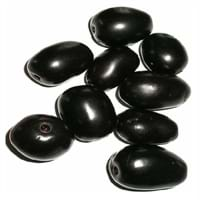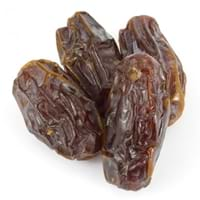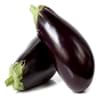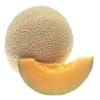Type
Tree fruit, Tropical
Tropical
Season
Monsoon, Summer
Spring, Summer
Varieties
Ram Jarnun and Paras
Barhi, Dayri, Deglet Noor, Halawy, Khadrawy, Medjool, Thoory and Zahidi
Color
Black, Magenta, Purple
Black, Brown, Red, Yellow
Inside Color
Purple
Brown
Taste
Astringent, Sweet
Sweet
Origin
Bangladesh, India, Indonesia, Malaysia, Nepal, Pakistan, Philippines, Sri Lanka
Iraq
Soil Type
Loam, Sandy loam, Well-drained
Clay, Loam, Sand
Climatic Conditions
Humid, Rainfall
Hot, Warm
Jambul and Date Information
Color of a fruit helps in determining its nutrient content and hence, its nutritional value. Therefore, color can considered as an important factor of Jambul and Date Information. Jambul is found in shades of black, magenta and purple and Date is found in shades of black, brown, red and yellow. Get Jambul vs Date characteristics comparison of the basis of properties like their taste, texture, color, size, seasonal availability and much more! Jambul belongs to Tree Fruit, Tropical category whereas Date belongs to Tropical category. Jambul originated in Bangladesh, India, Indonesia, Malaysia, Nepal, Pakistan, Philippines and Sri Lanka while Date originated in Iraq.
Jambul and Date Varieties
Jambul and Date varieties form an important part of Jambul vs Date characteristics. Due to advancements and development in the field of horticulture science, it is possible to get many varieties of Jambul and Date. The varieties of Jambul are Ram Jarnun and Paras whereas the varieties of Date are Barhi, Dayri, Deglet Noor, Halawy, Khadrawy, Medjool, Thoory and Zahidi. The shape of Jambul and Date is Oval and Oval respecitely. Talking about the taste, Jambul is astringent and sweet in taste and Date is sweet.









